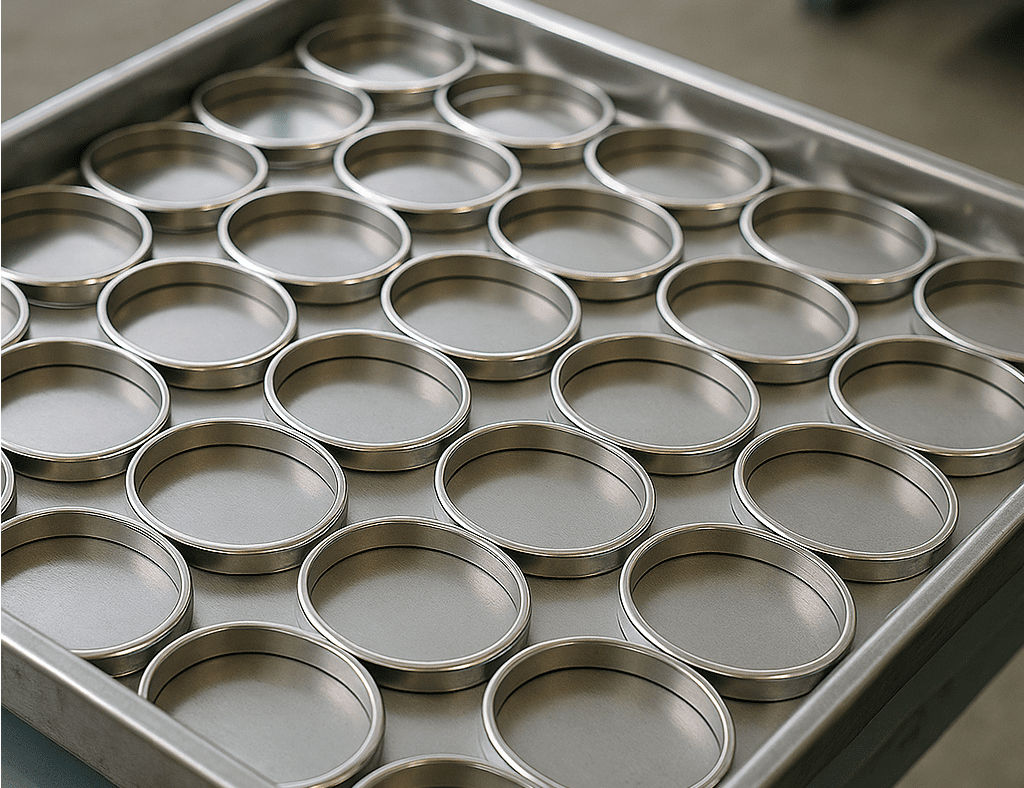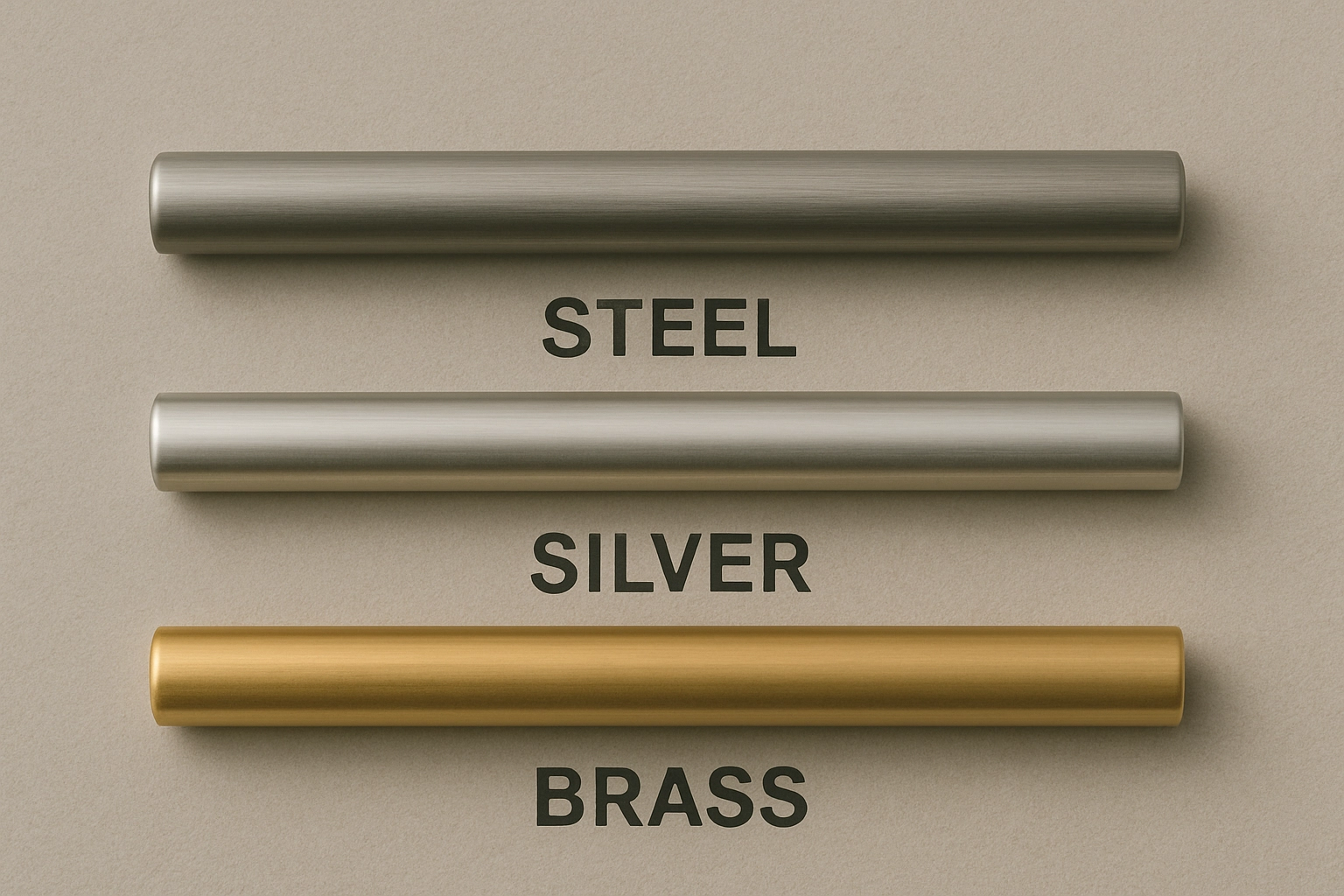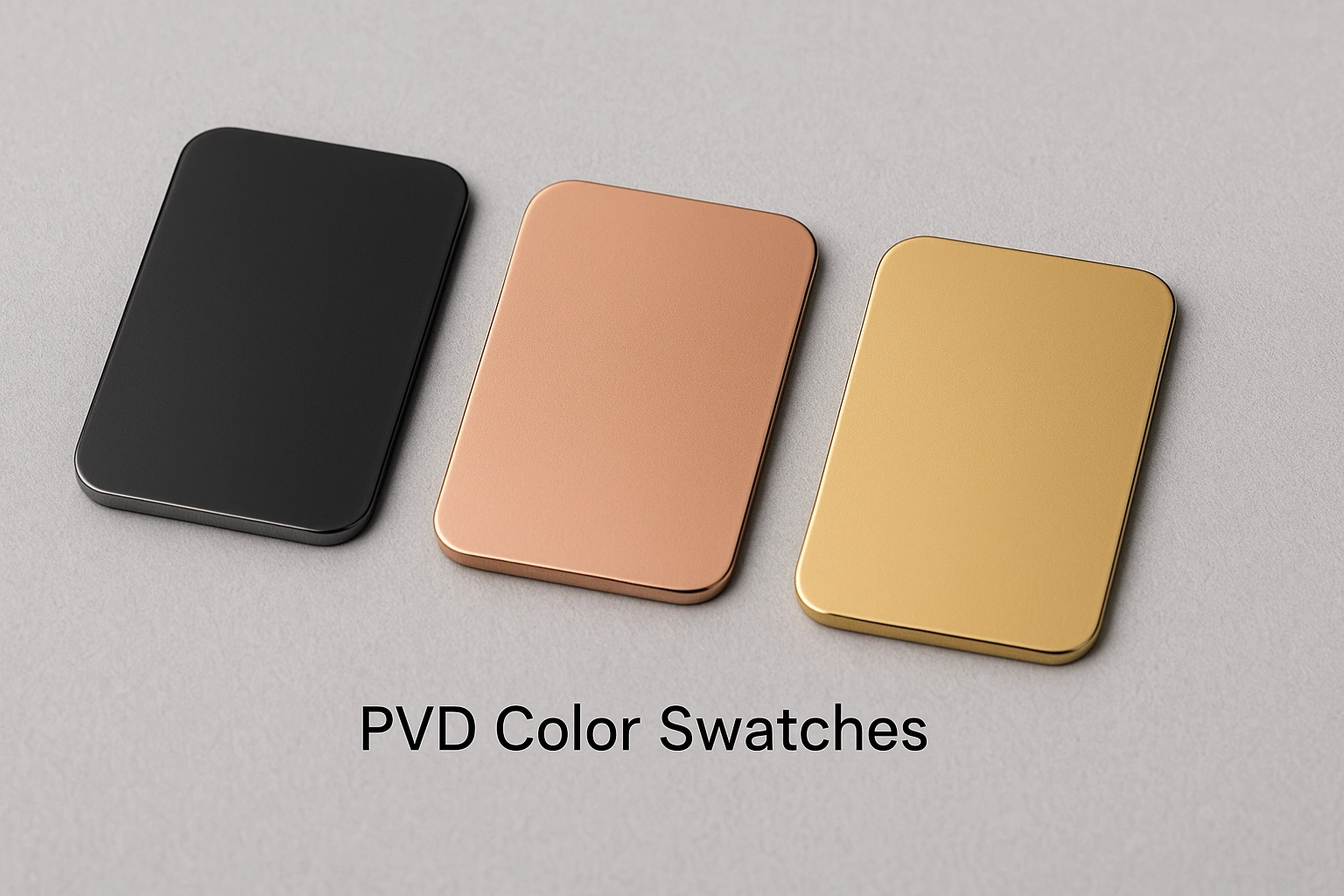
Blog
Why 316 L Stainless Outsells Silver and Brass: ROI, Allergies, and Sustainability

Rising metal costs and allergy claims push buyers to rethink materials. Stainless steel now tops “best metal” searches among wholesale decision-makers.
Yes—stainless steel jewelry is good because it slashes raw-metal spend, passes nickel-release tests, speeds CNC machining1, and supports eco-marketing—metrics that matter to retail chains and online giants alike.
I map those metrics into POs every week for buyers from Los Angeles to Łódź.
Why do procurement teams prefer stainless over silver and brass?
Big chains track total cost of ownership2, not just unit price.
Stainless steel beats silver on scratch life, beats brass on corrosion, and beats both on re-order lead time because mills stock 316 L coil year-round.

| KPI (per 10 000 rings) | Brass | 925 Silver | 316 L Steel |
|---|---|---|---|
| Raw metal cost | \$12 K | \$88 K | \$10 K |
| Warranty returns (12 mo) | 5.6 % | 3.8 % | 1.9 % |
| Avg. lead time (days) | 35 | 42 | 28 |
| Compliance failures (EU) | High | Medium | Low |
Takeaway: lower scrap and faster turns free working capital—critical for sellers juggling 30-season drops per year.
Is stainless steel good for earrings and other sensitive-skin SKUs?

Allergies drive 18 % of jewelry returns on Amazon, so skin safety is revenue safety.
Patch tests show 316 L posts release ≤0.05 µg/cm²/week of nickel, far below the EU EN 1811 limit of 0.5 µg, keeping irritation claims near zero.
| Test Panel (n = 200) | Reaction Rate |
|---|---|
| Brass posts | 12 % |
| 304 Steel posts | 3 % |
| 316 L posts | 0 % |
B2B action: market “hospital-grade 316 L” on PDPs; our clients see conversion lifts of 8-10 %.
How does stainless steel improve supply-chain resilience?
Late restocks kill seasonal margins. Mills sell 316 L coil in standard gauges, so production molds rarely change.
- CNC throughput—26 % faster cut time vs silver due to lower tool drag.
- Zero anneal wait—steel forgings cool in minutes; silver needs hours to avoid fire-scale.
- Recycling loop—steel sprues feed back into melts; brass requires de-zincing first.
My plant runs a closed-loop chip recovery, cutting raw-steel purchase volume by 4 %.
Sustainability: can stainless outperform recycled silver messaging?
Consumers rank “eco” alongside price.
- Carbon footprint: LCA data show 316 L at 4 kg CO₂e/kg vs mined silver at 20 kg CO₂e/kg.
- Recyclability: Steel retains 90 % mechanical strength after melt, perfect for cradle-to-cradle stories.
- Certs: Stainless qualifies for ISO 14021 recycled claims; we issue batch certificates on request.
Brands that swapped to steel for “planet” collections gained press features without the gold price shock.
Finish & design versatility—any drawbacks?
Pros
- PVD black, rose, and champagne gold stick at 260 °C without peeling.
- Laser-cut fonts stay crisp to 0.15 mm strokes.
- Rhodium flash optional but not required for anti-tarnish.

Cons
- Weight: steel density (7.9 g/cm³) feels heavy in big hoops—solution: tube profiles at 0.6 mm wall.
- Magnetic: stick tests expose clasps; we hide magnets behind suede pads in packaging.
Compliance snapshot (no legal jargon, just pass/fail)
| Region | Nickel release | Lead & cadmium | Marking requirement | 316 L status |
|---|---|---|---|---|
| EU | ≤0.5 µg pass | RoHS pass | Maker ID optional | Pass |
| US CPSIA | No limit | Lead < 100 ppm | None | Pass |
| CA Prop 65 | No listing | Lead warning if alloyed | N/A | Pass |
No extra plating needed; certificates travel with each pallet via QR link.
Conclusion
For wholesalers asking is stainless steel jewelry good, the data say yes: lowest warranty risk, fastest lead times, strong eco-story, and allergy-safe posts. 316 L is especially good for earrings and high-touch items. Ready to dive deeper into grade details? Read our in-depth alloy guide here: https://kalenstore.com/what-does-316l-mean-on-jewelry/
